Your cart is currently empty!
Tag: Efficient

SAS Programming Best Practices: Strategies for Writing Efficient and Effective Code
SAS Programming Best Practices: Strategies for Writing Efficient and Effective CodeSAS programming is a powerful tool for data analysis and manipulation. However, writing efficient and effective code can be a challenge, especially for those new to the language. In this article, we will discuss some best practices and strategies for writing SAS code that is both efficient and effective.
1. Use Efficient Data Processing Techniques: When working with large datasets, it is important to use efficient data processing techniques to minimize processing time and memory usage. This includes using data step functions such as merge, sort, and index to optimize data manipulation.
2. Avoid Redundant Code: One of the key principles of writing efficient code is to avoid redundant code. This includes removing unnecessary variables, loops, and statements that do not contribute to the overall analysis. By keeping your code concise and focused, you can improve readability and efficiency.
3. Optimize Code Performance: SAS code optimization is essential for improving performance and reducing processing time. This includes using appropriate data structures, indexing variables, and avoiding unnecessary calculations. Additionally, using the SAS profiler tool can help identify bottlenecks and optimize code performance.
4. Document Your Code: Documenting your SAS code is essential for maintaining code readability and understanding. This includes adding comments, variable descriptions, and data dictionaries to help others understand the purpose and logic of your code. By documenting your code, you can improve collaboration and ensure code consistency.
5. Test Your Code: Testing your SAS code is essential for identifying errors and ensuring accuracy. This includes performing unit tests, data validation, and error checking to verify the correctness of your code. By testing your code regularly, you can identify and fix issues before they impact your analysis.
6. Follow Coding Standards: Following coding standards is essential for writing consistent and maintainable SAS code. This includes using proper naming conventions, indentation, and formatting to improve readability and organization. By following coding standards, you can make your code easier to understand and maintain.
In conclusion, writing efficient and effective SAS code requires careful planning, optimization, and documentation. By following these best practices and strategies, you can improve the quality and performance of your SAS code and enhance your data analysis capabilities. By investing time and effort into writing high-quality SAS code, you can streamline your data analysis processes and achieve better results.
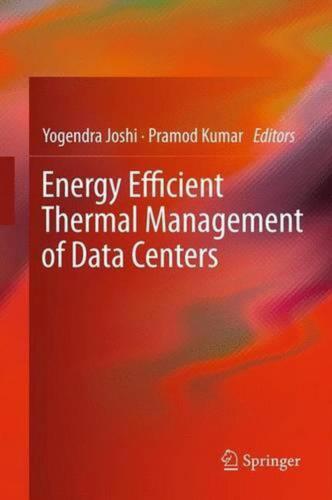
Energy Efficient Thermal Management of Data Centers by Yogendra Joshi (English)

Energy Efficient Thermal Management of Data Centers by Yogendra Joshi (English)
Price : 189.57
Ends on : N/A
View on eBay
Energy Efficient Thermal Management of Data Centers by Yogendra JoshiIn the world of data centers, managing thermal energy efficiently is crucial for optimal performance and cost savings. Yogendra Joshi, a renowned expert in the field of thermal management, has conducted extensive research on this topic and has developed innovative solutions to address the challenges faced by data center operators.
In his groundbreaking work, Joshi emphasizes the importance of implementing energy-efficient cooling systems that can effectively dissipate heat generated by servers and other equipment. By utilizing advanced technologies such as liquid cooling and hot aisle containment, data centers can significantly reduce their energy consumption and carbon footprint.
Joshi’s research also highlights the importance of proper airflow management and insulation to prevent thermal inefficiencies and hot spots within data centers. By optimizing airflow patterns and minimizing air leaks, operators can ensure that equipment operates at peak efficiency while minimizing energy waste.
Overall, Yogendra Joshi’s work in the field of energy-efficient thermal management has paved the way for sustainable and cost-effective data center operations. By implementing his innovative solutions, data center operators can not only reduce their environmental impact but also save on energy costs in the long run.
#Energy #Efficient #Thermal #Management #Data #Centers #Yogendra #Joshi #English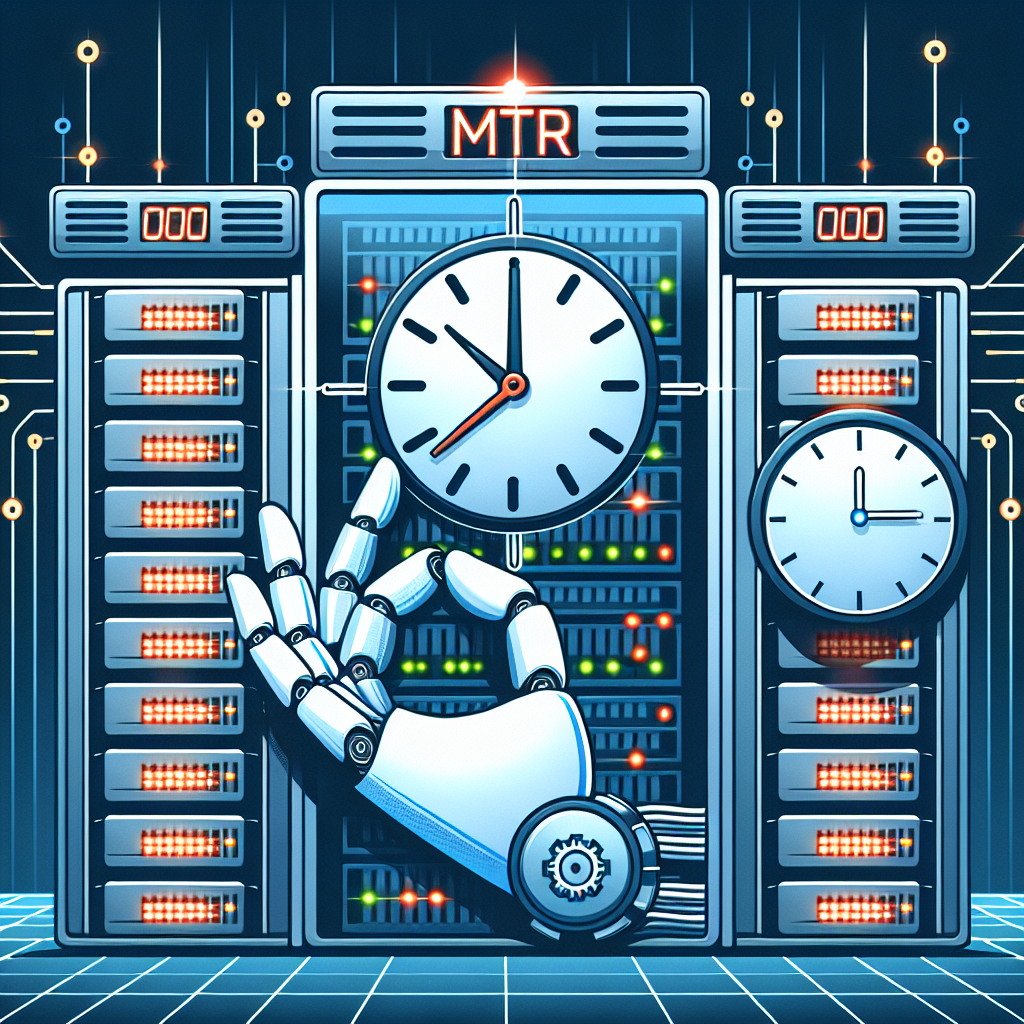
Ensuring Business Continuity Through Efficient Data Center MTTR
In today’s fast-paced business environment, downtime can be a costly affair. Every minute of downtime can result in lost revenue, decreased productivity, and damaged reputation. This is why ensuring business continuity is crucial for organizations of all sizes.One key factor in ensuring business continuity is minimizing Mean Time to Repair (MTTR) in data centers. MTTR is the average time it takes to repair a failed system or component and bring it back online. The lower the MTTR, the faster the recovery time, and the less impact on business operations.
Efficient data center MTTR requires a well-thought-out strategy and proactive approach. Here are some steps organizations can take to ensure minimal downtime and fast recovery in case of data center failures:
1. Regular maintenance and monitoring: Proactive monitoring and regular maintenance of data center infrastructure can help identify potential issues before they escalate into major failures. Implementing monitoring tools that provide real-time performance data can help IT teams detect and address problems quickly.
2. Skilled staff and training: Having a team of skilled and trained professionals is essential for efficient data center MTTR. Investing in ongoing training and certification programs for IT staff can ensure they have the necessary skills and knowledge to troubleshoot and resolve issues promptly.
3. Automation and orchestration: Automation tools can help streamline repetitive tasks and speed up the resolution process. By automating routine maintenance tasks, organizations can reduce human error and improve overall efficiency. Orchestration tools can also help coordinate and automate complex workflows, further reducing MTTR.
4. Disaster recovery planning: Having a solid disaster recovery plan in place is essential for minimizing downtime in case of catastrophic events. Regularly testing and updating the plan can help ensure that data center operations can be restored quickly in the event of a disaster.
5. Vendor support and partnerships: Establishing strong relationships with vendors and service providers can be invaluable when it comes to resolving issues quickly. Having access to technical support and resources from vendors can help expedite the resolution process and minimize downtime.
In conclusion, efficient data center MTTR is crucial for ensuring business continuity and minimizing the impact of downtime on operations. By implementing proactive monitoring, investing in skilled staff and training, leveraging automation and orchestration tools, and having a solid disaster recovery plan in place, organizations can minimize downtime and ensure fast recovery in case of data center failures. By prioritizing MTTR, organizations can better protect their business operations and maintain a competitive edge in today’s digital landscape.
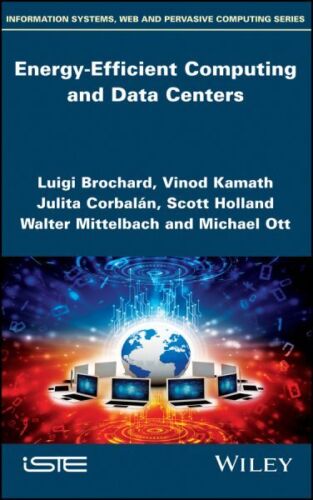
Energy-Efficient Computing and Data Centers : Energy Efficient Computing and …

Energy-Efficient Computing and Data Centers : Energy Efficient Computing and …
Price : 154.15
Ends on : N/A
View on eBay
Data Centers: A Sustainable FutureIn today’s digital age, the demand for computing power and data storage continues to grow exponentially. With this increase in demand comes a significant rise in energy consumption, leading to concerns about the environmental impact of data centers and computing technologies.
However, there is a growing focus on energy-efficient computing and data centers as a way to mitigate these concerns and create a more sustainable future. Energy-efficient computing involves the design and implementation of hardware, software, and systems that consume less energy while still providing the necessary computing power.
One of the key strategies for improving energy efficiency in data centers is virtualization, which allows multiple virtual servers to run on a single physical server, reducing the overall energy consumption and carbon footprint of the data center. Additionally, the use of energy-efficient hardware such as solid-state drives (SSDs) and low-power processors can further reduce energy usage.
Data center operators are also exploring alternative energy sources such as solar and wind power to reduce their reliance on fossil fuels. This not only helps to lower energy costs but also reduces the environmental impact of data centers.
By focusing on energy-efficient computing and data centers, we can work towards a more sustainable future for our digital infrastructure. Through innovation and collaboration, we can create a greener, more energy-efficient computing environment that meets the needs of today without compromising the needs of future generations.
#EnergyEfficient #Computing #Data #Centers #Energy #Efficient #Computing
Unlocking the Power of SAS: Tips and Tricks for Efficient Programming
SAS (Statistical Analysis System) is a powerful tool used by data analysts and programmers to manipulate and analyze data. However, mastering SAS programming can be challenging, especially for beginners. In this article, we will explore some tips and tricks for unlocking the full potential of SAS and becoming more efficient in your programming.1. Use Macros: Macros are a powerful feature in SAS that allow you to automate repetitive tasks and create reusable code. By using macros, you can save time and effort by writing code that can be easily customized and reused for different datasets or analyses.
2. Take Advantage of Proc SQL: Proc SQL is a powerful procedure in SAS that allows you to perform complex data manipulations and queries using SQL (Structured Query Language). By using Proc SQL, you can efficiently join, filter, and summarize data without having to write lengthy data step code.
3. Use Formats and Informats: Formats and informats are used in SAS to control the appearance and interpretation of data values. By using formats and informats, you can display data in a more readable format, convert data from one form to another, and perform data validation.
4. Use Indexes: Indexes are used in SAS to speed up data retrieval and processing by creating a sorted list of key values. By using indexes, you can improve the performance of your SAS programs, especially when working with large datasets.
5. Optimize Your Code: One of the most important tips for efficient SAS programming is to optimize your code for performance. This includes avoiding unnecessary loops, reducing the number of variables used, and using efficient data manipulation techniques.
6. Use the SAS Documentation: The SAS documentation is a valuable resource for learning about the different features and functions available in SAS. By referring to the SAS documentation, you can quickly find answers to your programming questions and learn about new techniques and best practices.
7. Practice, Practice, Practice: Like any skill, mastering SAS programming requires practice. The more you practice writing and debugging SAS code, the more efficient and proficient you will become. Consider working on sample datasets or completing online tutorials to improve your skills.
In conclusion, mastering SAS programming requires time, dedication, and practice. By following these tips and tricks, you can unlock the full power of SAS and become a more efficient programmer. Remember to experiment with different techniques, stay updated on the latest features, and continuously strive to improve your skills. With dedication and persistence, you can become a proficient SAS programmer and leverage its capabilities to analyze and manipulate data effectively.
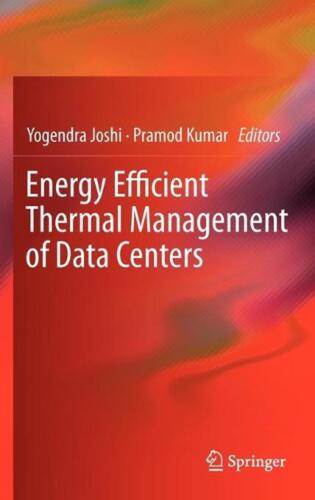
Energy Efficient Thermal Management of Data Centers by Yogendra Joshi (English)

Energy Efficient Thermal Management of Data Centers by Yogendra Joshi (English)
Price : 189.69
Ends on : N/A
View on eBay
Energy Efficient Thermal Management of Data Centers by Yogendra JoshiIn the fast-paced world of technology, data centers play a crucial role in storing and processing vast amounts of information. However, these data centers consume a significant amount of energy to maintain their operations, with a large portion of this energy being used for thermal management.
Yogendra Joshi, a renowned expert in the field of thermal management, has been at the forefront of developing energy-efficient solutions for data centers. His research focuses on optimizing the cooling systems within data centers to reduce energy consumption while maintaining optimal operating temperatures.
Through innovative design and advanced technologies, Yogendra Joshi has been able to significantly reduce the energy consumption of data centers without compromising their performance. By implementing strategies such as using air-side economizers, thermal storage systems, and liquid cooling solutions, data centers can effectively manage their thermal loads and minimize their environmental impact.
With the increasing demand for data storage and processing capabilities, it is more important than ever to prioritize energy efficiency in data center operations. Yogendra Joshi’s work serves as a testament to the importance of sustainable practices in the technology industry, and his contributions continue to drive advancements in energy-efficient thermal management.
In conclusion, Yogendra Joshi’s research and expertise in energy-efficient thermal management are revolutionizing the way data centers operate. By implementing his innovative solutions, data centers can reduce their energy consumption, lower their operating costs, and contribute to a more sustainable future.
#Energy #Efficient #Thermal #Management #Data #Centers #Yogendra #Joshi #English
The Ultimate Guide to Setting Up an Efficient Help Desk System
A help desk system is a crucial component of any organization, providing a centralized hub for addressing customer inquiries and technical issues. Setting up an efficient help desk system is essential for ensuring timely and effective support for customers and employees alike. In this ultimate guide, we will explore the key steps and best practices for creating a successful help desk system.1. Define Your Objectives
Before setting up a help desk system, it is important to clearly outline your objectives and goals. Consider what type of support you will be providing, the volume of inquiries you expect to receive, and the level of service you aim to deliver. Defining your objectives will help guide your decisions throughout the setup process and ensure that your help desk system meets the needs of your organization.
2. Choose the Right Software
Selecting the right help desk software is essential for creating an efficient system. Look for a solution that offers features such as ticket management, knowledge base integration, reporting and analytics, and multichannel support. Consider factors such as scalability, ease of use, and customization options when evaluating different software options.
3. Create a Knowledge Base
A knowledge base is a valuable resource for both customers and support agents, providing answers to common questions and troubleshooting guides for technical issues. Populate your knowledge base with relevant information and regularly update it to ensure accuracy. By providing self-service options for customers, you can reduce the volume of inquiries and improve the efficiency of your help desk system.
4. Implement Ticketing System
A ticketing system is essential for organizing and prioritizing customer inquiries. Ensure that your help desk software includes a ticketing system that allows you to assign tickets to specific agents, track response times, and escalate urgent issues. Establish clear guidelines for ticket management, including response times and resolution targets, to provide consistent and timely support to customers.
5. Train Your Support Team
Effective training is key to the success of your help desk system. Provide comprehensive training for support agents on the use of the help desk software, customer service best practices, and product knowledge. Encourage ongoing learning and professional development to ensure that your support team is equipped to handle a wide range of inquiries and issues.
6. Monitor Performance
Regularly monitor the performance of your help desk system to identify areas for improvement and track key metrics such as response times, resolution rates, and customer satisfaction. Use reporting and analytics tools provided by your help desk software to gain insights into the effectiveness of your support operations and make data-driven decisions to optimize performance.
By following these steps and best practices, you can set up an efficient help desk system that provides timely and effective support for your customers and employees. Remember that a well-designed help desk system is a valuable asset for your organization, helping to build customer loyalty and improve overall satisfaction.
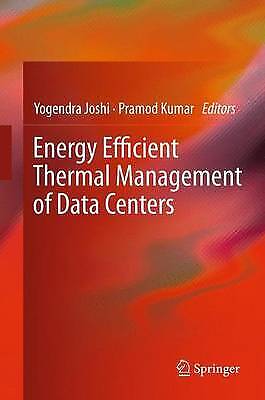
Energy Efficient Thermal Management of Data Centers – 9781489987211

Energy Efficient Thermal Management of Data Centers – 9781489987211
Price :164.85– 133.35
Ends on : N/A
View on eBay
Data centers are essential for storing and processing massive amounts of data in our digital age. However, they also consume a significant amount of energy to keep the servers and equipment cool. In order to reduce energy consumption and improve efficiency, data centers must implement energy-efficient thermal management strategies.One key aspect of energy-efficient thermal management in data centers is optimizing the airflow and cooling systems. By strategically placing servers and equipment, as well as using containment systems to separate hot and cold air streams, data centers can minimize the need for excessive cooling. Additionally, utilizing technologies such as hot aisle/cold aisle containment and in-row cooling can further improve efficiency and reduce energy consumption.
Another important factor in energy-efficient thermal management is the use of high-efficiency cooling systems, such as liquid cooling or free cooling. Liquid cooling systems can be more efficient than traditional air-based systems, while free cooling takes advantage of ambient temperatures to reduce the need for mechanical cooling. By incorporating these technologies, data centers can significantly decrease their energy usage and operating costs.
Overall, optimizing thermal management in data centers is crucial for reducing energy consumption and improving efficiency. By implementing strategies such as optimizing airflow, utilizing high-efficiency cooling systems, and leveraging ambient temperatures, data centers can achieve significant energy savings and contribute to a more sustainable future.
#Energy #Efficient #Thermal #Management #Data #Centers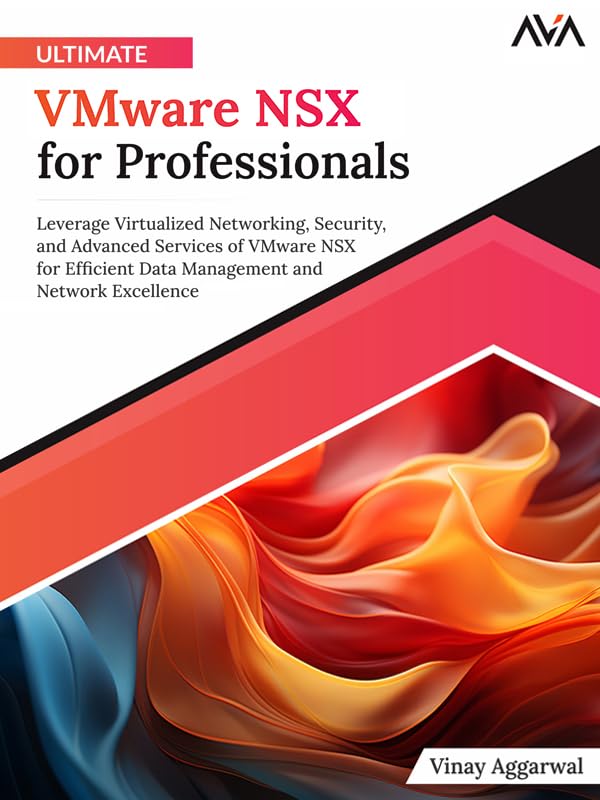
Ultimate VMware NSX for Professionals: Leverage Virtualized Networking, Security, and Advanced Services of VMware NSX for Efficient Data Management and Network Excellence (English Edition)
Price: $9.99
(as of Nov 21,2024 17:28:47 UTC – Details)
ASIN : B0CQJN35R6
Publisher : Orange Education Pvt Ltd (December 16, 2023)
Publication date : December 16, 2023
Language : English
File size : 21006 KB
Text-to-Speech : Enabled
Screen Reader : Supported
Enhanced typesetting : Enabled
X-Ray : Not Enabled
Word Wise : Not Enabled
Print length : 787 pages
Are you a professional looking to take your data management and network security to the next level? Look no further than “Ultimate VMware NSX for Professionals: Leverage Virtualized Networking, Security, and Advanced Services of VMware NSX for Efficient Data Management and Network Excellence.”This comprehensive guide provides in-depth insights into VMware NSX, a powerful network virtualization and security platform that can revolutionize the way you manage your data and secure your network. From virtualized networking to advanced security services, this book covers everything you need to know to harness the full potential of VMware NSX.
Whether you’re a seasoned IT professional or just starting out in the field, this book is a must-read for anyone looking to stay ahead of the curve in data management and network excellence. Don’t miss out on this essential resource for mastering VMware NSX – get your copy today!
#Ultimate #VMware #NSX #Professionals #Leverage #Virtualized #Networking #Security #Advanced #Services #VMware #NSX #Efficient #Data #Management #Network #Excellence #English #Edition
Streamlining Data Center Audits: Tips for a Smooth and Efficient Process
Data center audits are crucial for ensuring that your organization’s IT infrastructure is secure, compliant, and running efficiently. However, these audits can be time-consuming and complex, often requiring a significant amount of resources to complete. In order to streamline the audit process and make it more efficient, there are a few key tips that organizations can follow.First and foremost, it is important to have a clear understanding of the scope and objectives of the audit. This includes identifying the specific areas of the data center that will be audited, as well as the goals that the audit aims to achieve. By clearly defining these parameters, organizations can ensure that the audit is focused and targeted, resulting in a more efficient process.
Another important tip for streamlining data center audits is to leverage automation and technology wherever possible. There are a variety of tools and software available that can help automate the audit process, from scanning and inventorying hardware and software assets to monitoring network traffic and security vulnerabilities. By using these tools, organizations can significantly reduce the amount of manual effort required for the audit, allowing for a more streamlined and efficient process.
Additionally, it is important to establish a standardized audit process and documentation framework. By creating a consistent methodology for conducting audits and documenting findings, organizations can ensure that the process is efficient and repeatable across different data center environments. This can also help to streamline communication and collaboration between audit teams, ensuring that all stakeholders are on the same page throughout the process.
In order to further streamline data center audits, organizations should also consider implementing regular monitoring and maintenance practices. By proactively monitoring the data center environment and addressing issues as they arise, organizations can prevent potential audit findings and ensure that the infrastructure remains secure and compliant. This can help to reduce the amount of remediation work required during the audit, making the process more efficient overall.
Finally, it is important to involve key stakeholders in the audit process from the beginning. By engaging with IT teams, security professionals, and other relevant departments early on, organizations can ensure that everyone is aligned on the objectives and goals of the audit. This can help to streamline communication and decision-making throughout the process, leading to a more efficient and effective audit overall.
In conclusion, streamlining data center audits is essential for ensuring that your organization’s IT infrastructure remains secure, compliant, and efficient. By following these tips and best practices, organizations can streamline the audit process, reduce manual effort, and improve overall efficiency. This can help to ensure that audits are completed in a timely manner and that any issues are addressed proactively, ultimately leading to a more secure and reliable data center environment.
